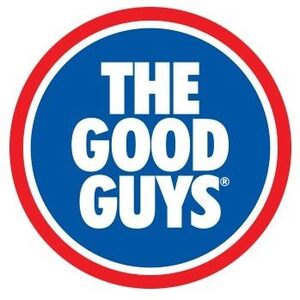TV Specs
Mini Led version, 400 Nits, 60Hz, Qdot. Free delivery if <30kms btw
Transform your home entertainment experience with the Hisense 85" U6NAU 4K QLED Smart TV 24. This stunning television boasts a spacious 85-inch QLED screen with 3840 x 2160 resolution, delivering breathtaking 4K QLED visuals enhanced by Quantum Dot Colour technology. Powered by the MT9603EAATAC / 4 processor, this smart TV runs on the intuitive VIDAA U7 platform, providing seamless access to popular streaming apps like Netflix, YouTube, Prime Video, Disney+, Kayo, Foxtel, Stan iView, and Freeview Plus. Enjoy hands-free convenience with the built-in voice assistant or use the remote control to access Amazon Alexa and Google Assistant. Micro Dimming ensures optimal contrast, while Dolby Vision and HDR 10 support bring out vivid details in every scene. Immerse yourself in cinematic audio with Dolby Atmos sound, and enjoy smooth gaming action with a 60Hz refresh rate and 120 motion rate. Equipped with 3 HDMI inputs and 2 USB ports, this TV offers ample connectivity options. The 6-star energy rating ensures efficient power consumption. Measuring 1453mm wide, 902mm high, and 313mm deep, this sleek TV is VESA wall mount compatible (400 x 200mm) and comes with a sturdy stand. The manufacturer's part number for this product is 85U6NAU.
Note - if you want Android OS, add a $50 FireTV, chromecast etc. TCL dont have a comparable 85" Mini led at this price (pre-empting the usual Android posts -lol)
https://www.ozbargain.com.au/search/node/fire%20tv
https://www.ozbargain.com.au/search/node/chromecast
3-year manufacturer's warranty for added peace of mind





Wait, are QLED and Mini-Led the same thing? I'm just getting into TVs, about to move out of home.